
Antonio Corradiniâ s Veiled Women Bernini sculpture, Marble sculpture, Sculpture
The Bust of a Veiled Woman or Puritas is a marble sculpture created by Corradini. The sculpture depicts a young woman, possibly an allegory of Purity, covered in a veil that seems almost transparent. The sculpture is housed in the Museo del Settecento Veneziano, Ca' Rezzonico, Venice, and is a testament to Corradini's technical virtuosity.

Antonio Corradini, Bust of a Veiled Woman (Puritas), 171725. Renaissance, Art Graphique, Art
Details Title Veiled Lady Dated c. 1860 Artist Raffaelo Monti Nationality Italian Artist Life 1818-1881 Role Sculptor Gallery G357 Department European Art Dimension 21 1/2 in. (54.61 cm) Credit The Collectors' Group Fund Accession Number

Marble Sculpture by Sculptured Arts Studio / Veiled Lady
The theme of the veiled woman runs through the sculptor's whole career. This version, carved in 1743 during his stay in Rome, aroused the wonder of art-lovers and the general public. The veil, albeit in the elaborate drapery, richly creased and interwoven, is so filmy that it reveals the underlying forms, especially her full breast.
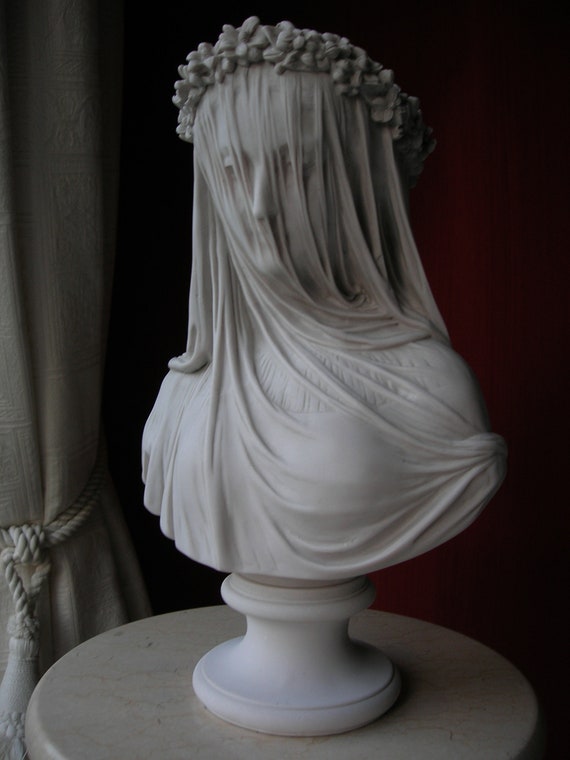
THE VEILED LADY Etsy
The Veiled Lady, made around 1860 by Raffaelle Monti, now in the collection of the Minneapolis Institute of Art. By Tim Gihring On October 12, 1846, William Spencer Cavendish dropped by the.
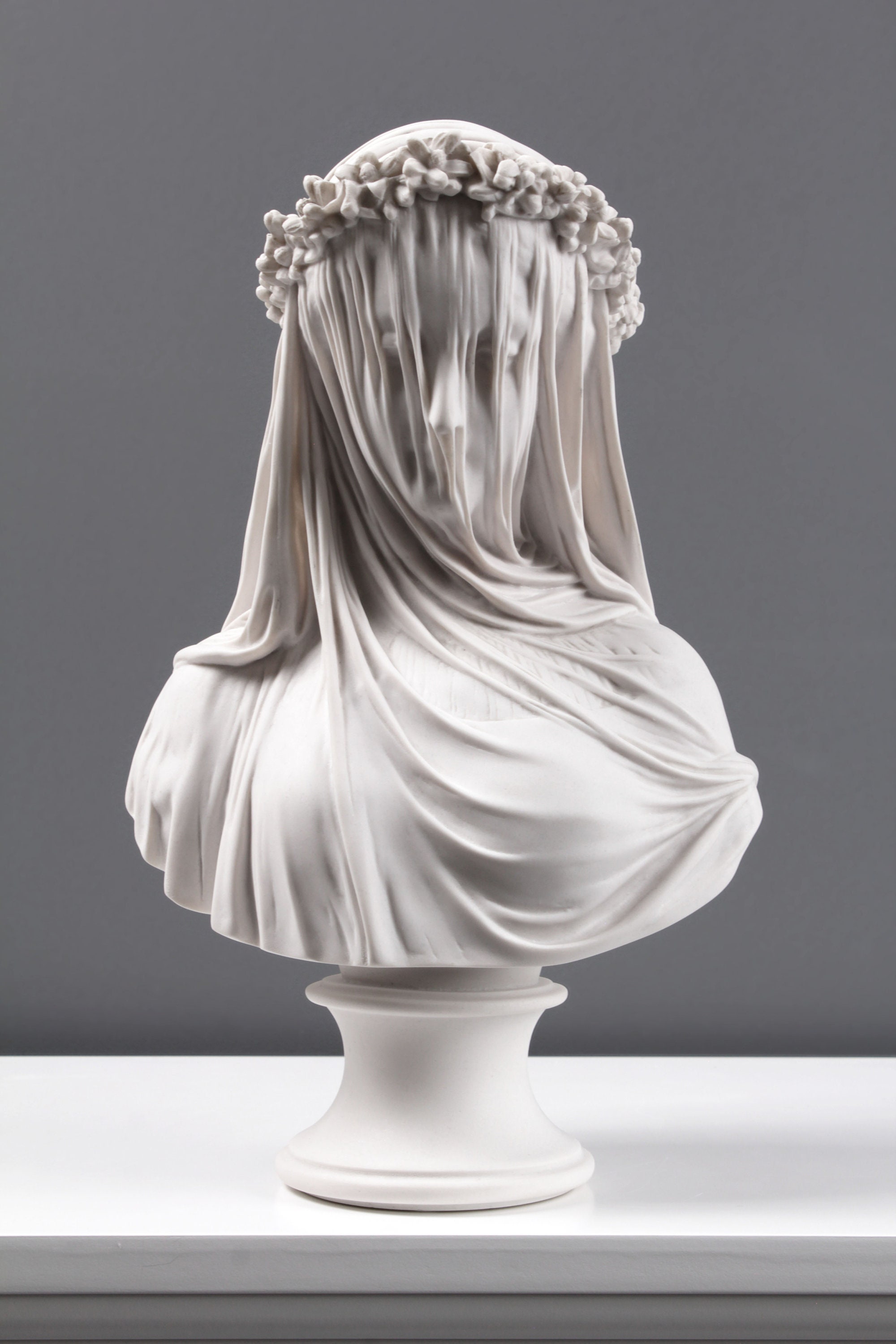
Veiled Lady Bust Sculpture Female Antique Art Statue in Etsy Australia
The veiled woman was a popular subject in painting and sculpture during the second half of the 19th century, and Croff's handling of the diaphanous veil coyly reveals as much as it conceals. Purchased in Rome in 1873 by William Wilson Corcoran, the work was prominently featured in the opening exhibition of the Corcoran Gallery of Art in.
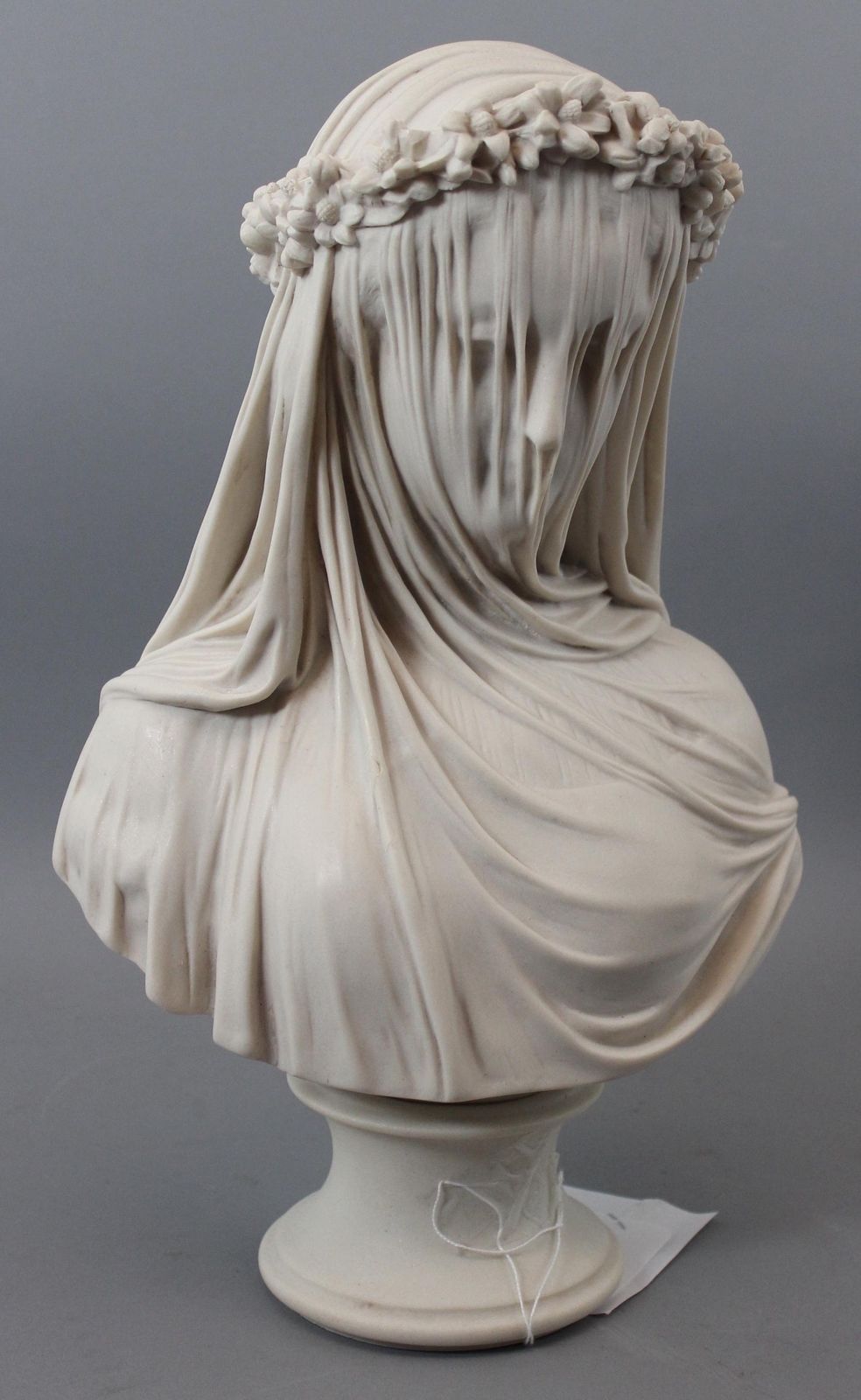
Antique Authentic ANTONIO FRILLI Italian Marble Sculpture Veiled Woman Bride NR eBay Italian
A veiled Vestal Virgin Raffaelle Monti (1818-1881), marble, 1846-1847 The 6th Duke of Devonshire visited the sculptor's studio in Milan, Italy, on 12 October 1846 on his way to Naples. He ordered the marble sculpture on 18 October, placing a £60 deposit on the following day.
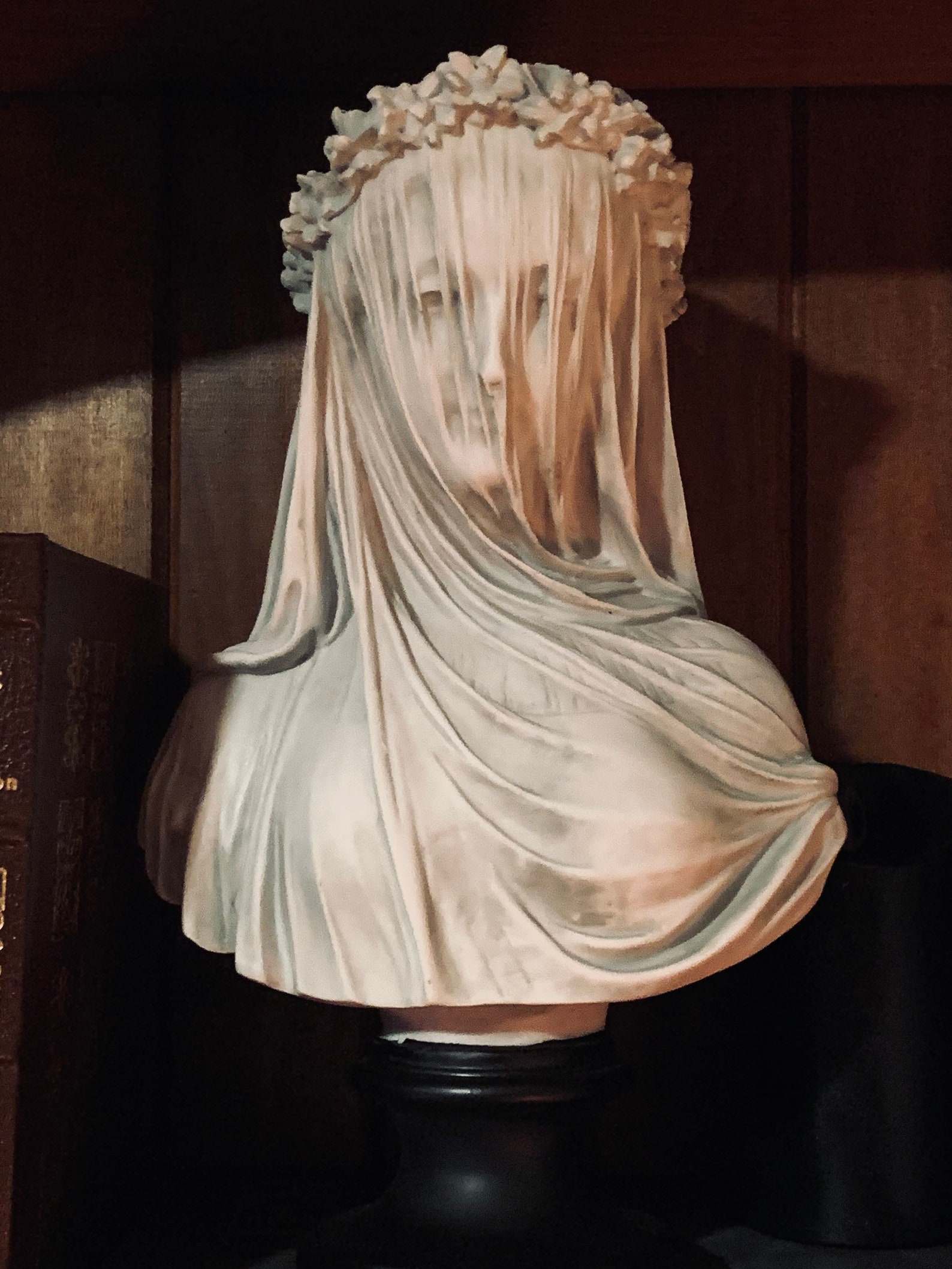
The Veiled Lady Bust Statue 19th Century Gothic Sculpture Etsy
The Veiled Woman. Rafaello Monti. 1854 Not on view View more. Due to rights restrictions, this image cannot be enlarged, viewed at full screen, or downloaded.. The Met's comprehensive collection of European sculpture and decorative arts reflect the development of a number of art forms in Western European countries from the early fifteenth.

Beautiful veiled mausoleum statue Famous sculptures, Statue, Cemetery statues
The Veiled Virgin is the name of a piece of marble sculpture created by Giovanni Strazza, an Italian sculptor. As its name indicates, this sculpture is a bust of the Blessed Virgin Mary wearing a veil. The Veiled Virgin is particularly notable for its fine craftsmanship, as Strazza manages to transform the hard marble into something that reflects the softness and fineness of a real veil.
Giovanni Battista Lombardi Veiled woman Italian The Metropolitan Museum of Art
The Veiled Nun is a marble bust depicting a female figure that was sculpted by an unidentified Italian workshop in c. 1863. Despite its name, the woman depicted is not a nun.The bust was popular with visitors to the Corcoran Gallery of Art in Washington, D.C. from 1874 until the museum closed in 2014. The bust is now displayed in the National Gallery of Art.

THE VEILED LADY Etsy Bust sculpture, Sculpture, Marble bust
The Vestal Virgin Tuccia (Italian: La Vestale Tuccia) or Veiled Woman (Italian: La Velata) is a marble sculpture created in 1743 by Antonio Corradini, a Venetian Rococo sculptor known for his illusory depictions of female allegorical figures covered with veils that reveal the fine details of the forms beneath. The work is housed in the Palazzo Barberini, Rome.

Veiled Roman Woman bust/sculpture 3D Printed Etsy Canada
The Veiled Virgin is made out of Carrara marble, a material derived from Tuscany and historically used by ancient Roman builders and Italian Renaissance artists. This high-quality marble offered the perfect canvas for carving veils—a sculptural motif that was popular among Strazza and his peers.

Veiled 19th century sculpture, Sculpture, Veil
The Origins. It's called The Veiled Virgin and it has been carved in Rome by the Italian sculptor Giovanni Strazza. Like the name suggests, it depicts the bust of a veiled Virgin Mary. The date of the statue's completion is unknown, but it was probably in the early 1850s since in 1856 the statue reached Newfoundland in Canada.
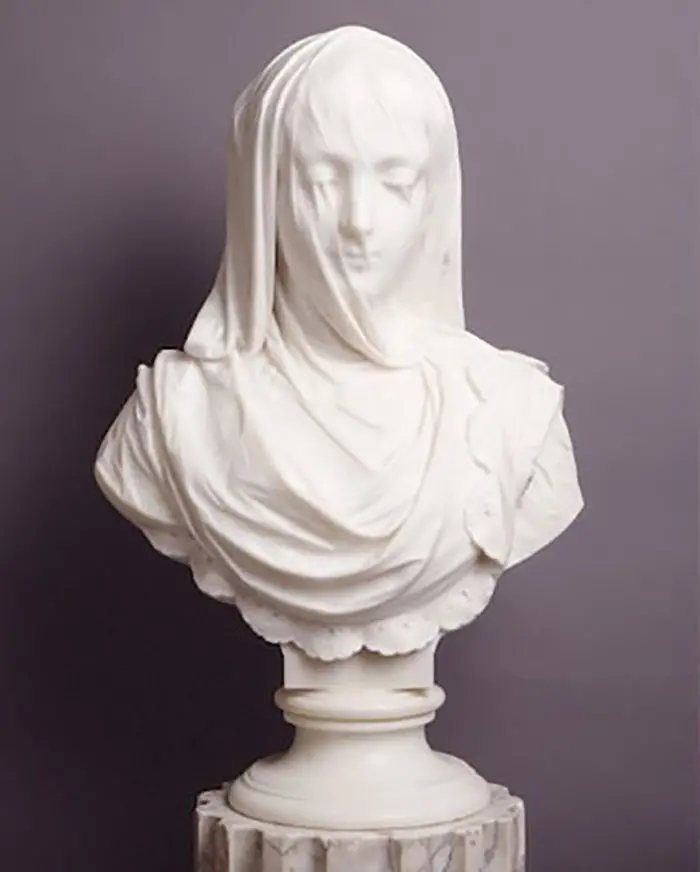
Beautifully Crafted 19thCentury Sculpture Is Covered With A “Transparent” Marble Veil
overall: 52.71 × 27.94 × 24.13 cm (20 3/4 × 11 × 9 1/2 in.) Credit Line Corcoran Collection (Gift of William Wilson Corcoran) Accession Number 2014.136.265 Artists / Makers Italian 19th Century (sculptor) Giuseppe Croff (sculptor) Italian, 1810 - 1869 Image Use This image is in the public domain. Read our full Open Access policy for images .

Bride Veiled Maiden Statue Bust
Giovanni Strazza's The Veiled Virgin statue depicts a veiled bust of the Virgin Mary. The precise date of creation of the veiled sculpture is uncertain, however, it was most likely created in the early 1850s. The marble statue with a veil is renowned for the almost translucent quality it possesses. Table of Contents [ Show]
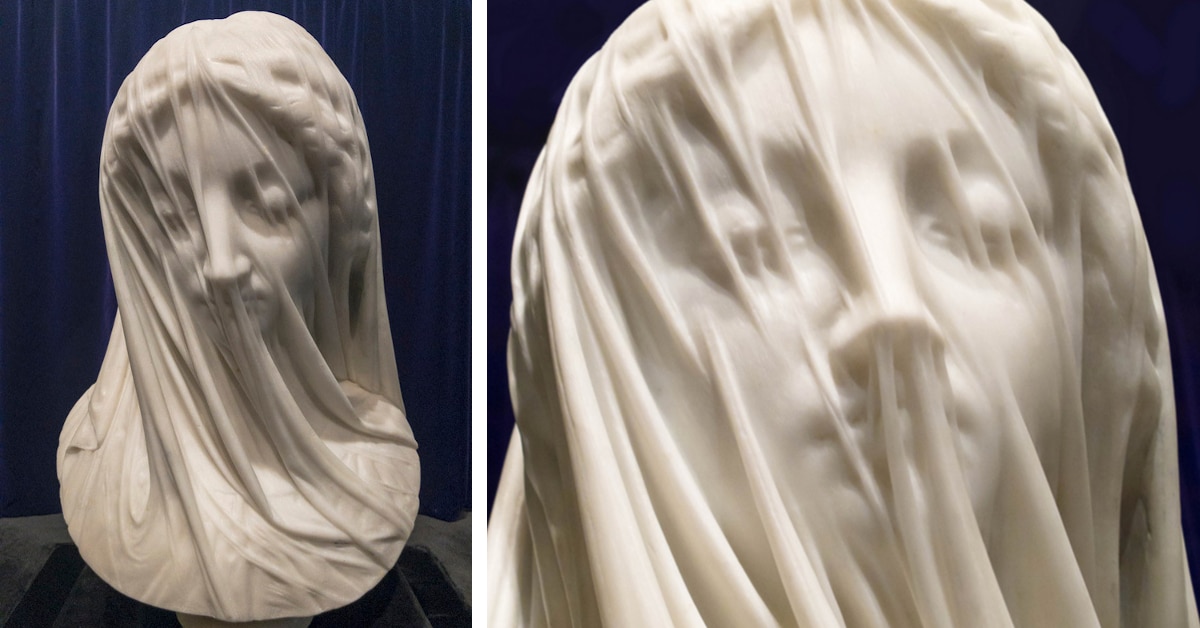
Exploring the History of the the Veiled Virgin Sculpture by Giovanni Strazza
The Veiled Lady, 1872 Giovanni Maria Benzoni, Italian, 1809-1873; Marble. Overall: 44 1/2 × 16 3/16 × 13 7/8 inches (113 × 41.1 × 35.2 cm). Bostrom, A. "Giovanni Maria Benzoni, Randolph Rogers and the Collecting of Sculpture in Nineteenth-Century Detroit." The Sculpture Journal 4 (2000). Darr, A.P., P. Barnet, A. Boström, C. Avery, et.
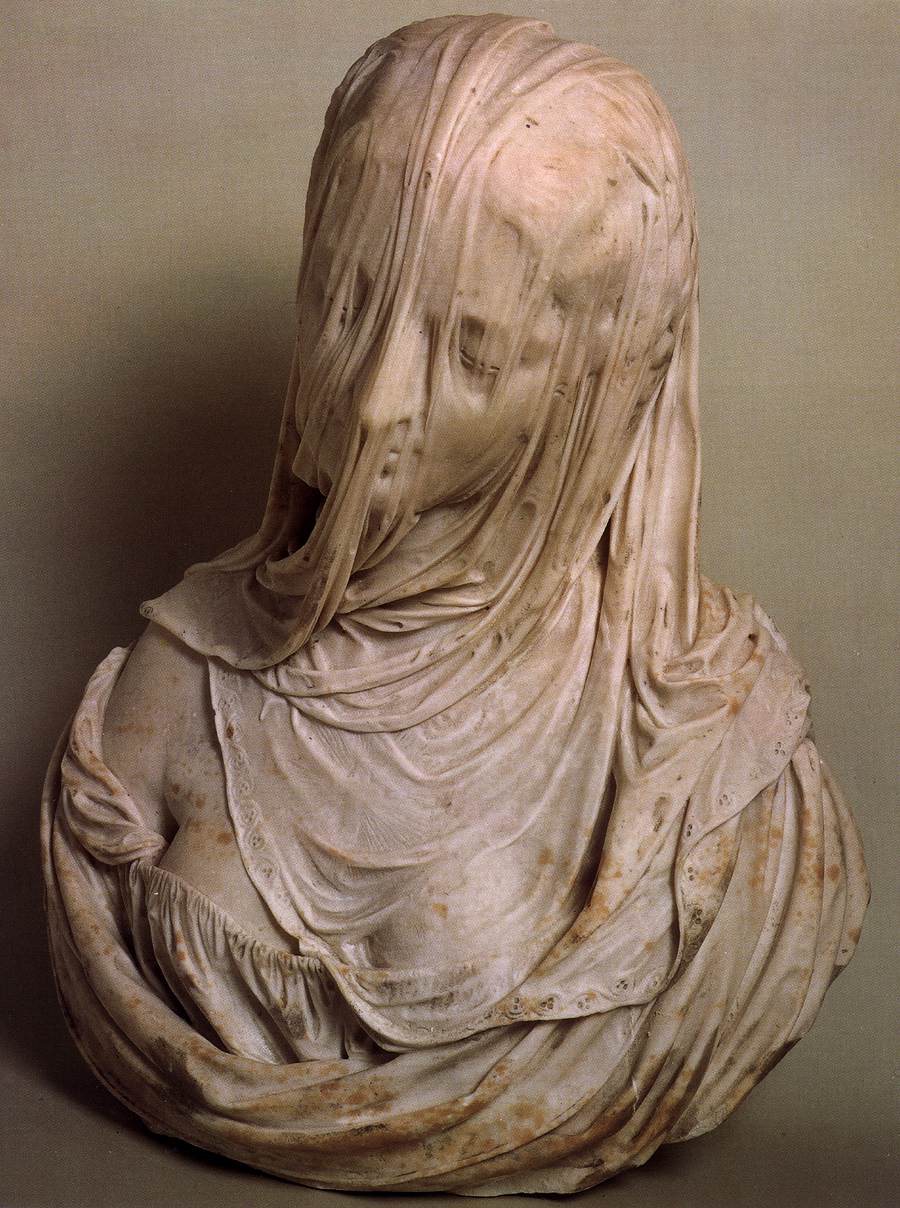
Antonio Corradini’s Veiled Sculpture things worth describing
The Veiled Virgin is a Carrara marble statue carved in Rome by Italian sculptor Giovanni Strazza (1818-1875), [2] depicting the bust of a veiled Virgin Mary. The exact date of the statue's completion is unknown, but it was probably in the early 1850s. [citation needed]